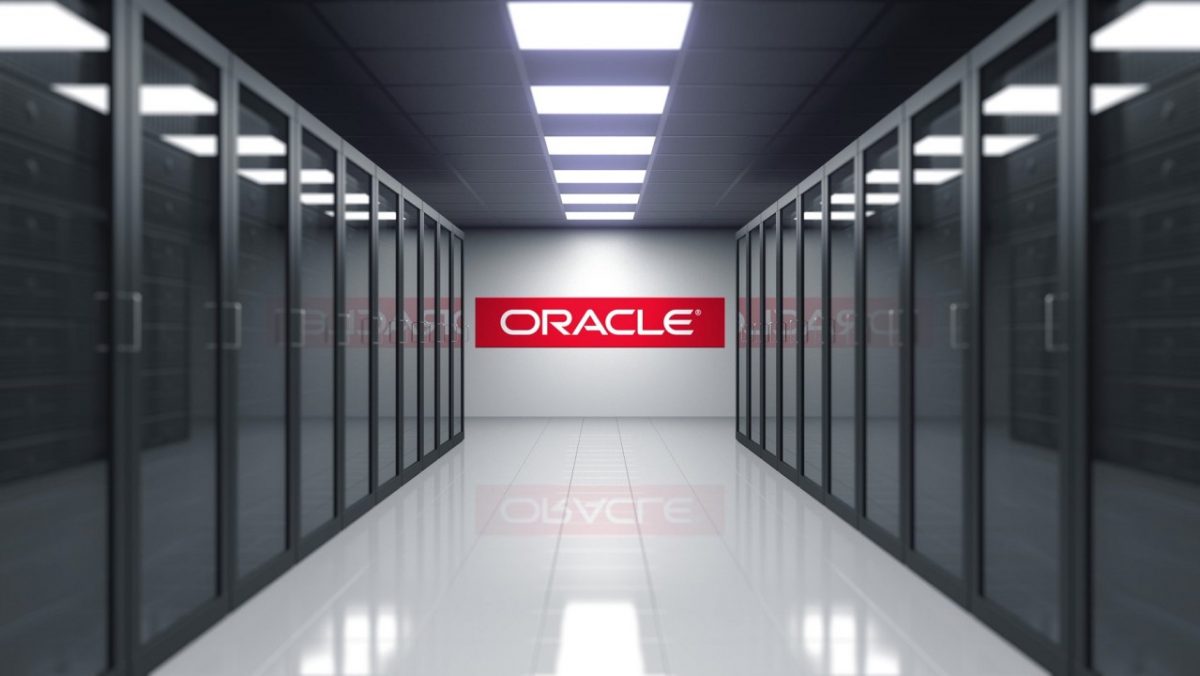By Bernard Marr
During the current coronavirus pandemic, cloud computing is playing an increasingly prominent part in many of our lives. From how we stay entertained, to socialising with friends and doing business, it’s fair to say that when things eventually return to normal many people will have a far greater appreciation of cloud and the way it empowers us to work, play and do business differently.
As well as enabling remote working, distance learning and reducing our reliance on expensive on-premises tools and infrastructure, cloud has shown that it can provide increased resilience, and is the reason many of us can continue working through crises like the one we are currently facing.
That isn’t to say it’s always plain-sailing – particularly for organizations that delayed the jump to cloud-based business processes and are now scrambling to catch up. There are numerous obstacles and blockers that can make the switch more difficult for some than others. In the second part of my conversation with Oracle’s senior VP for cloud, Andrew Sutherland, we spoke about what these are, and some of the ways they can be overcome.
First, we addressed the point that although, given everything we know about its benefits (as well as the marketing hype we’re bombarded with) making the move to cloud often seems to be a no-brainer. But it’s still important to assess whether or not it actually provides a functional fit with what you’re doing.
“If you listen to everything that comes out in advertising, you think ‘why doesn’t everyone have it?’”, Sutherland tells me. “But with the adoption of any new technology there’s always a certain process … it took hundreds of years for the plough [to spread] – there is a process of adoption and you have to ask what’s holding it back and how do you improve it?”
Cloud platforms and tools are growing increasingly complex and flexible in their scope. While they were initially focused on carrying out storage and compute tasks, cloud providers are now adding functionality to carry out just about any process that can be done with traditional, on-premises IT infrastructure to their cloud service offerings.
As Sutherland puts it, “I just need to do these things – I’ve done these things on premises with the following pieces of software, can I do it in cloud as well? In the early days this just wasn’t there – you didn’t have the functional fit.”
A flexible multi-cloud ecosystem allows our customers to run their cloud how they see fit. Ultimately having multiple cloud vendors (Microsoft and VMWare) gives the customer choice and control over their own technology environment. It’s about openness not lock-in.
After working out whether the cloud solutions available to you are capable of the job you need them to do – the functional fit – the next hurdle is the financial fit. Are the solutions available to you affordable within your budget, and do they offer better value than the tools you’re already using?
Until recently this has often meant that a move to cloud-based infrastructure will come at the end of a hardware cycle – when equipment needs to be replaced or support contracts are due for renewal. “But it can also be in the middle of a cycle of hardware”, Sutherland, points out, as sometimes “customers can see a very compelling financial fit as well – the benefits of moving to cloud, often means a reduction in expensive labour costs … higher performance … these things can add up to a pretty compelling business case very quickly.”
There are also psychological hurdles that have to be cleared – a common one being a reluctance to fix things that – on the surface at least – aren’t broken, in case we end up making more trouble and work for ourselves in the process.
In the context of cloud, this means that we may often believe existing on-premises solutions are working fine – and be living in blissful ignorance of the improved productivity and efficiency that cloud could offer.
How easy this one is to overcome depends a lot on our personality type, and the culture of the organizations we’re working within. Are we the sort of person or company that is likely to risk a leap into the unknown in pursuit of better performance or are we more comfortable sticking with what we know works?
Today’s cloud platforms, such as those offered by Oracle, Microsoft and others, attempt to mitigate against this sense of “fear of the unknown” felt by many of us by making the shift to cloud as effortless and painless as possible. Once things are up-and-running they can quickly be tested and assessed.
“That’s a big learning, I think, in humanity’s journey to the cloud,” Sutherland tells me, “so we thought long and hard about how to make it simple to migrate – how do you ‘lift and shift’ an app almost trivially onto the cloud, and make it very, very rapid to re-platform it?”
One last barrier we touched on in our conversation – and it’s a pretty big one – is regulation. Depending on the type of data you work with, there can be any number of legal and regulatory considerations that have to be taken into account. This can differ wildly depending on where in the world you are located, where your data is located, and where your customers are located.
“It would be wonderful if we had a world governing body that governed data protection, but there are regulations and different requirements and many of our customers are not necessarily allowed to adopt cloud the way they want to, because of that,” Sutherland tells me.
As is so often the case, necessity can become the mother of invention here. New solutions to the problems posed by the web of compliance requirements are appearing every day, and one of the latest put forward by Oracle is known as Cloud At Customer.
This involves delivering cloud services directly into a client’s on-premises datacenter, where everything will function exactly as if it is running in the cloud, but with the customer retaining the “keys” at all times. This helps meet the common regulatory requirement when dealing with sensitive personal data, that it must be kept in a secure, on-premises environment, while still enabling access to cloud tools and software.
Solutions like these will become increasingly common as cloud providers continue to innovate in order to allow their customers to operate in increasingly complex regulatory environments.
“It’s a little slice of the Oracle cloud pizza behind your firewall,” Sutherland explains. “It remains owned and managed by Oracle, but it is in fact on your premises and you can tell your government and your regulators that your data is on your premises, and absolutely under your control.”
“Finally, let’s talk about the threat of security which looms large day-to-day. By using autonomous technologies (self-driving, self-healing, self-learning) we are seeing customers finding new ways of getting more value from cloud without having to worry as much about security. It is about reducing risk. There are real costs associated with breach—from the actual breach costs themselves to revenue losses to reputational damage and loss of value. We want customers to focus on innovation, increasing productivity, and accelerating time to insights.”
Thank you for reading my post. Here at LinkedIn and at Forbes I regularly write about management and technology trends. I have also written a new book about AI, click here for more information. To read my future posts simply join my network here or click ‘Follow’. Also feel free to connect with me via Twitter, Facebook, Instagram, Slideshare or YouTube.
About Bernard Marr
Bernard Marr is an internationally best-selling author, popular keynote speaker, futurist, and a strategic business & technology advisor to governments and companies. He helps organisations improve their business performance, use data more intelligently, and understand the implications of new technologies such as artificial intelligence, big data, blockchains, and the Internet of Things.
LinkedIn has ranked Bernard as one of the world’s top 5 business influencers. He is a frequent contributor to the World Economic Forum and writes a regular column for Forbes. Every day Bernard actively engages his 1.5 million social media followers and shares content that reaches millions of readers.
Drone technology (including passenger drones, autonomous military drones, and delivery drones) is just one of 25 technology trends that I believe will transform our society. Read more about these key trends – including plenty of real-world examples – in my new book, Tech Trends in Practice: The 25 Technologies That Are Driving The 4th Industrial Revolution.






